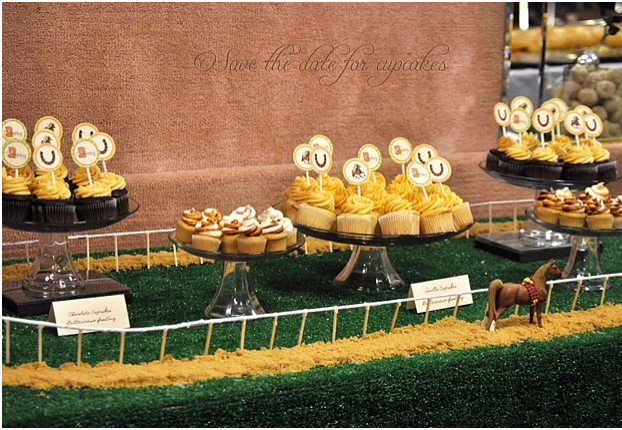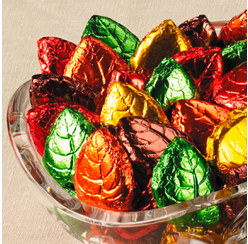Source: Here
TUESDAY, MARCH 22, 2011 AT 6:37PM
It seems that, whether it’s bacon or cupcakes, there’s a new culinary trend every other day, passing by in a whirling and seemingly never ending parade of the “hip and the hot”. But often overlooked is the backstory of how, exactly, are these trends created. To answer that question one has to understand the history of culinary marketing both pre and post digital revolution. Prior toMark Zuckerberg of Facebookfame and an ever advancing army of reviewing bloggers, the popular food trends were identified by a select group of knowledgeable culinary and lifestyle magazinesat the tables of the world’s leading restaurants. The creative chefs at these remarkable restaurants were (and still are) masters of their medium. Their kingdom is the kitchen and their dining rooms the arena of their expression. Only rarely did the general dining population known their names. Then came the Internet and television food channels and suddenly, it seemed in the twinkling of an eye, everything changed. As millions of viewers tuned in, show topics became trends. Host chefs became media celebrities, often promoting a variety of supportive products. The dedicated viewers of thesenew cooking programs turned their new found interests into Internet search words, all to be tracked internally on the Web by background analytical software. The accumulated marketing data further focused attention on single products, single dishes, strengthened by the effect of “value added placement” (or v.a.p.) in movies and television shows such as Sex in the City and Mad Men. Then there were the upscale food trucks that appeared and their location and fame spread via twitters and bloggers as their young chefs in innovative “incubator cities” such as Seattle, Portland, Austin and Oakland tried the new, the daring, that unique untried combination. Today’s insightful chef can and does take the best from each of these worlds and maintain equally both tradition and innovation. Valid professional skills, learned from a trained master, are a must as is a knowledge of and presence on the Web. Today’s successful chef needs to know the resources of the Internet as well as he knows the talents of his staff and tastes of his or her diners. One can only hope that this balanced blend of past and present will be the best and most lasting of all the ‘trends’ to emerge into the future legacy of the 21st century. Your Culinary World copyright Ana Kinkaid/Peter Schlagel 2011





